Höhr-Grenzhausen, Germany–As part of this year’s “Compass Europe: Northern Lights” program of the Rhineland-Palatinate Kultursommer, the Keramikmuseum Westerwald presented Marit Tingleff: Earthen Things (June 12 – October 31 2021) by the Norwegian artist Marit Tingleff, one of Norway’s internationally known contemporary ceramic artists.
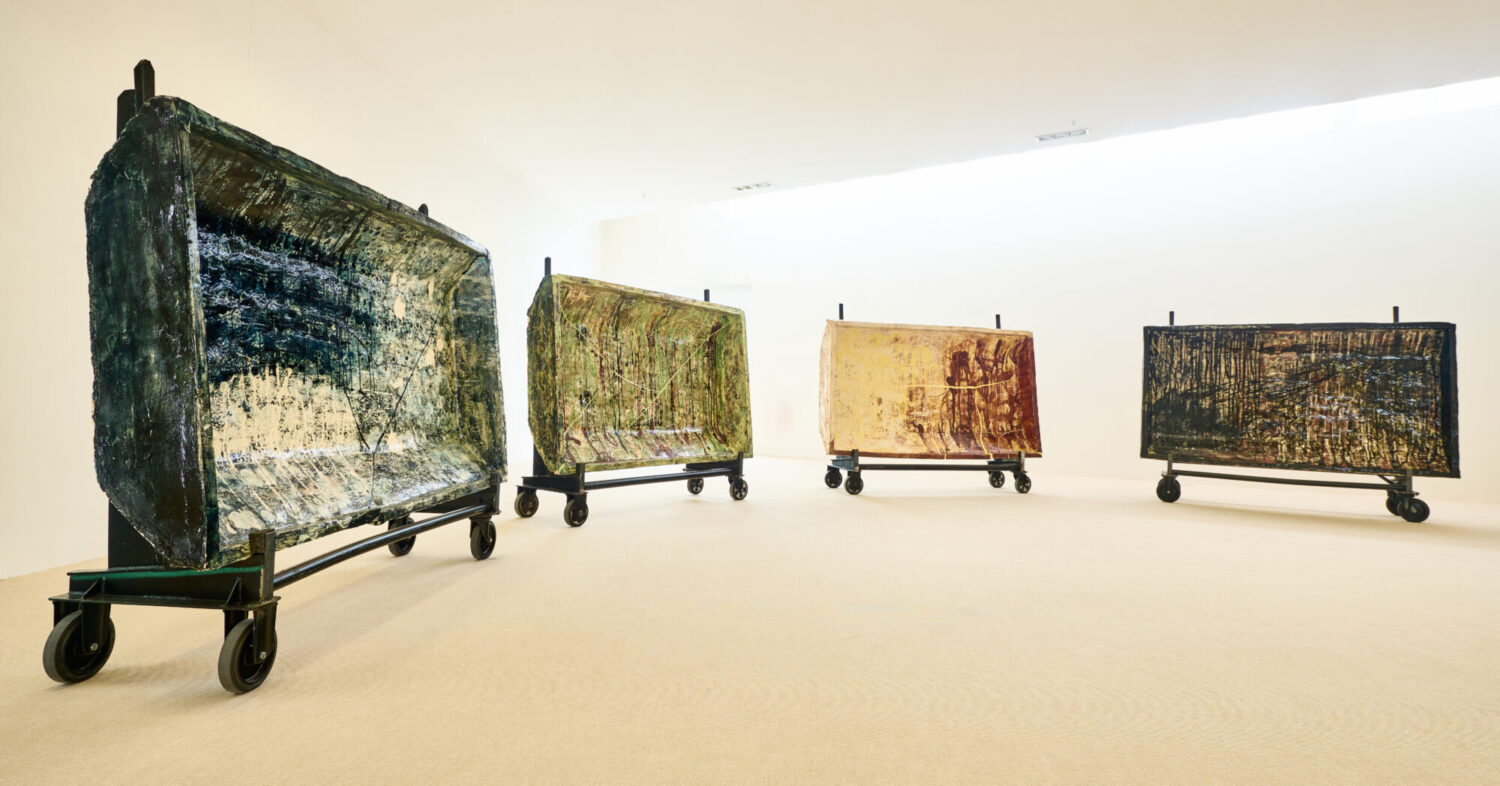

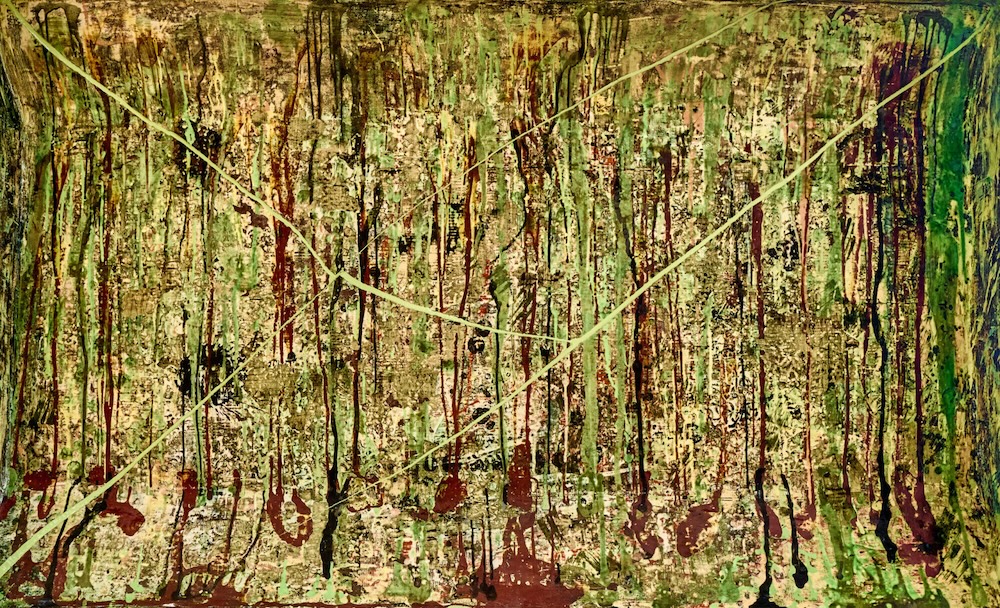
The history of Norwegian ceramics is marked by close ties to Denmark and northern Germany. In the south of the country, a red-firing clay is available, which was used to make low-fired pottery. Tingleff consciously places herself in this tradition and uses the expressiveness of earthenware, which – in contrast to the smooth, highly valued porcelain – creates a closeness to the everyday with its captivating simplicity.
An encounter with the ceramics of the Danish architect and designer Thorvald Bindesbøll (1846-1908) was formative for this. His vessels with their freely painted, abstract ornaments inspired her to find her own language in this underestimated field of ceramics.
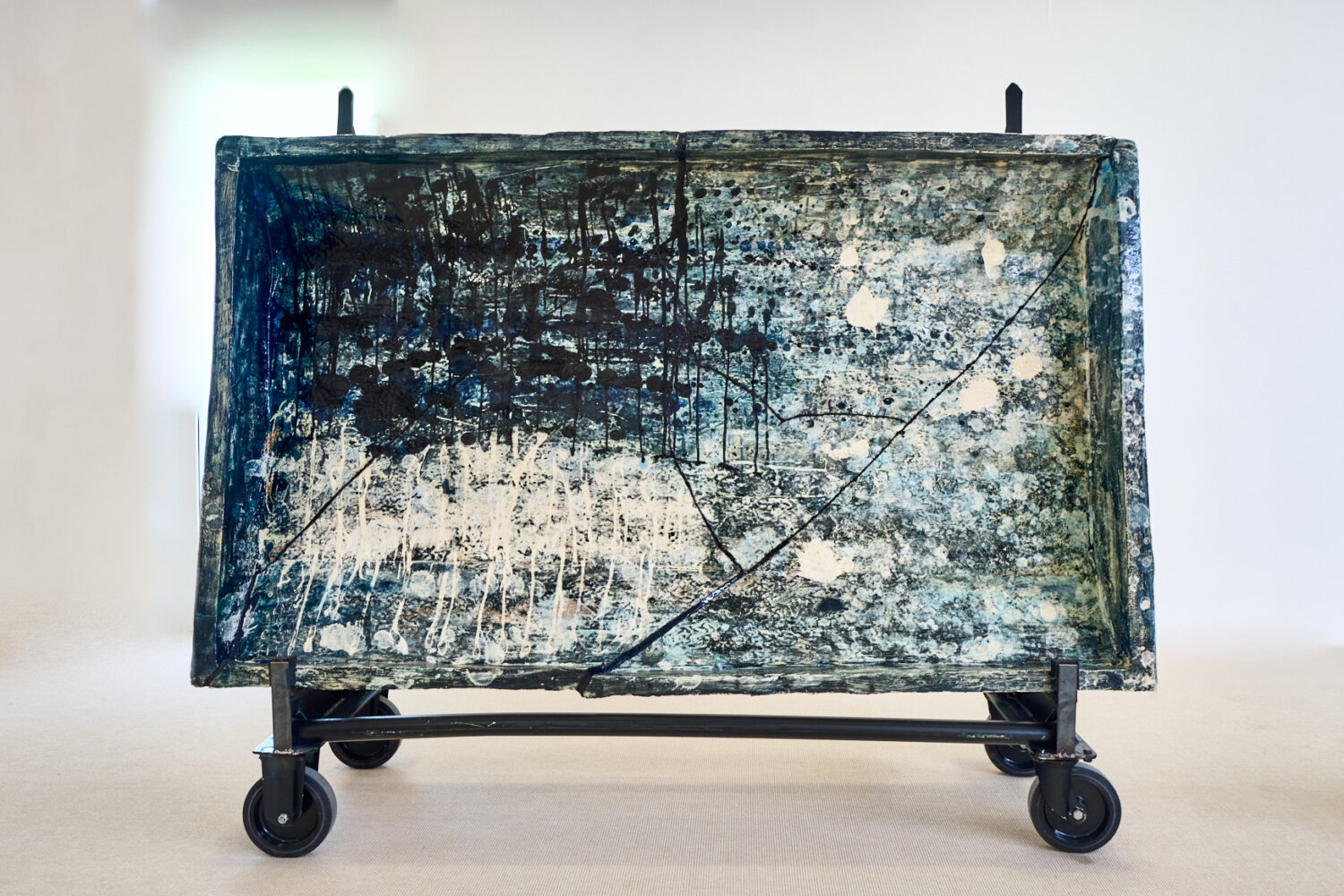
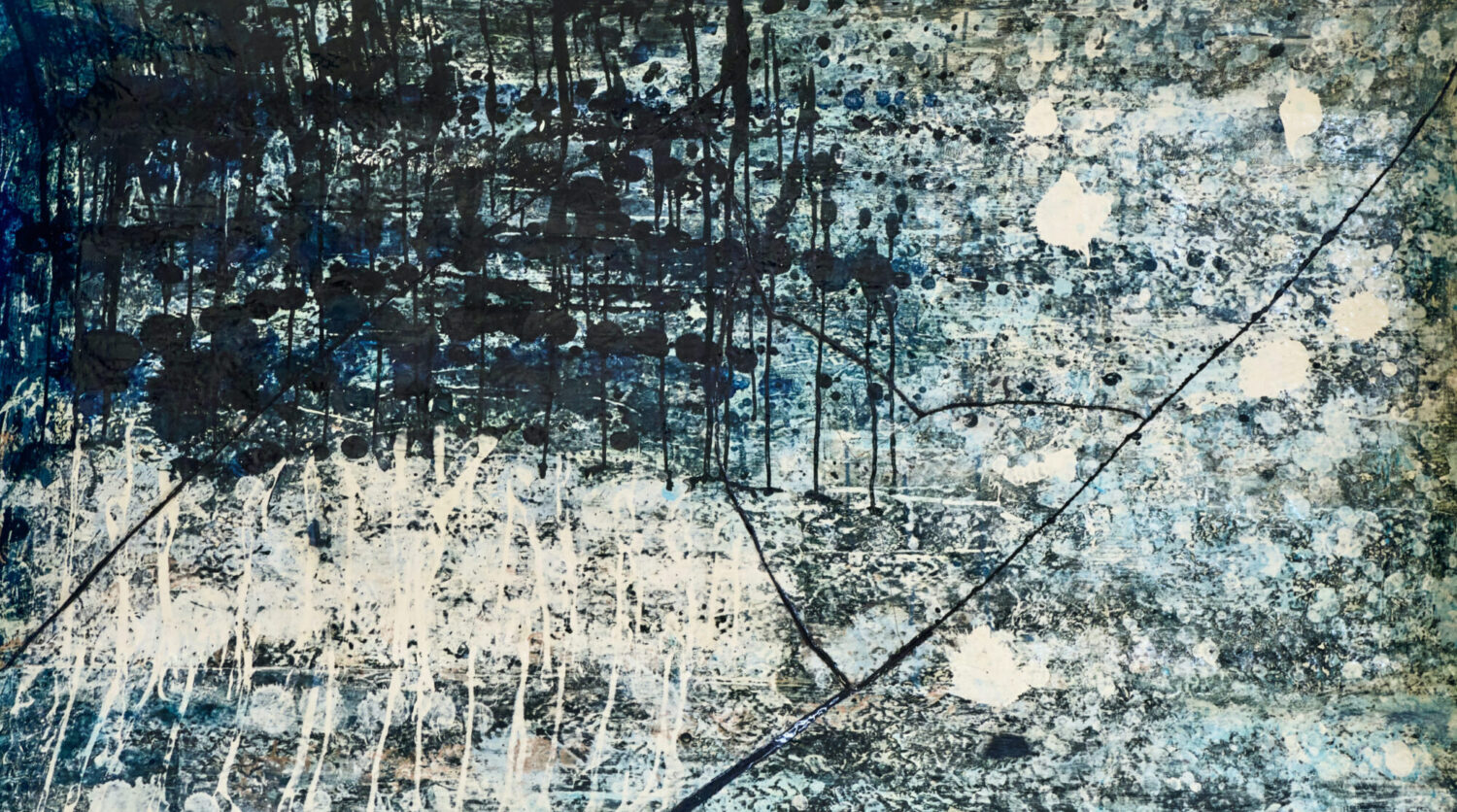
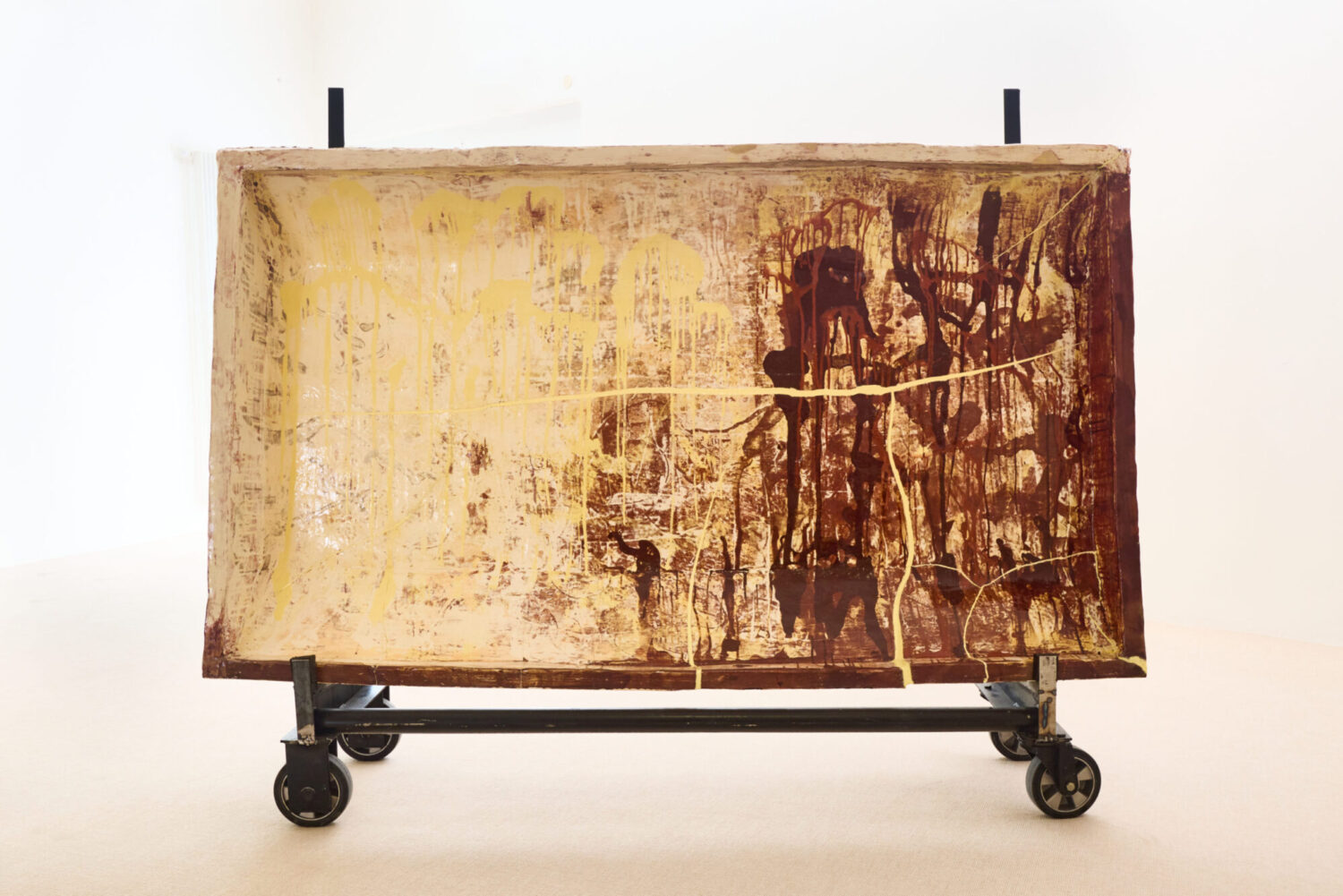
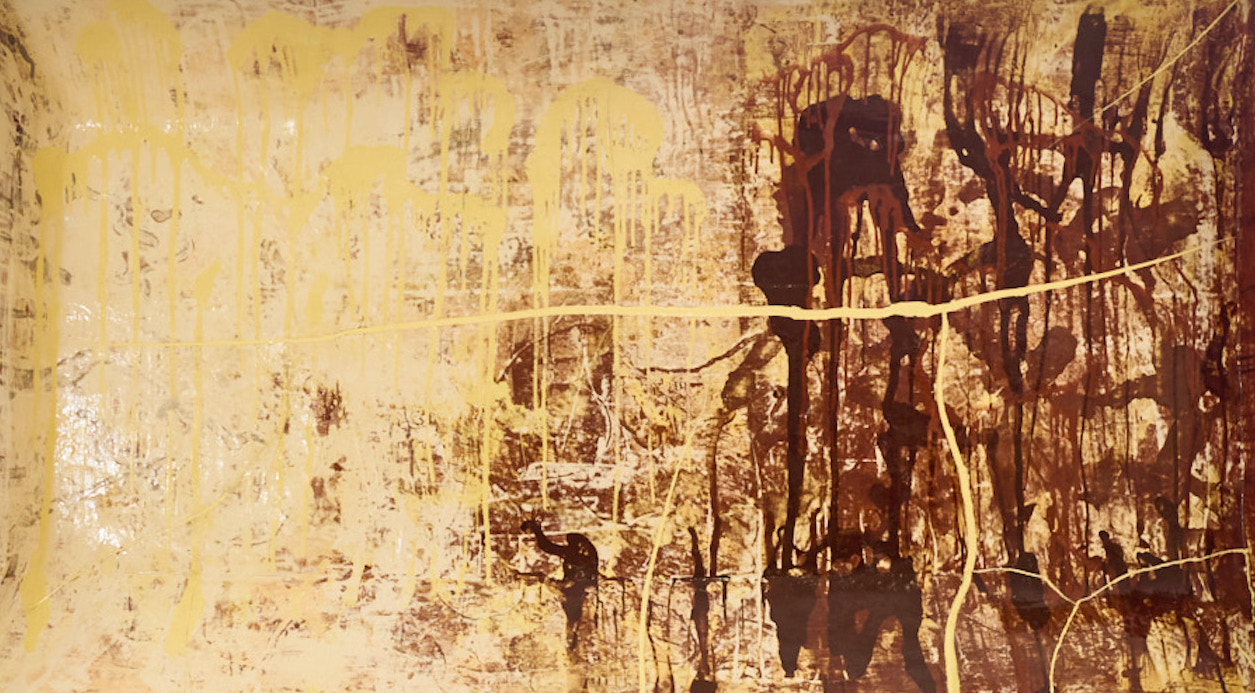
At the core are traditional, everyday utilitarian ceramics. Tingleff enlarges plates, platters and bowls into powerful monuments [think ‘massive’]. In this way, they become a tribute to the women who cared for the good tableware and proudly presented it on special occasions. “I want to honor all the hands that carried this crockery to the table, and the same hands – often female – that had to wash it and put it away,” she says.
With a spontaneous hand, Marit Tingleff paints the plates with colored engobes with the freedom and context of twentieth-century painting. She does not decorate. The oversize liberates the painting, which emerges here not from the wrist but from the body.
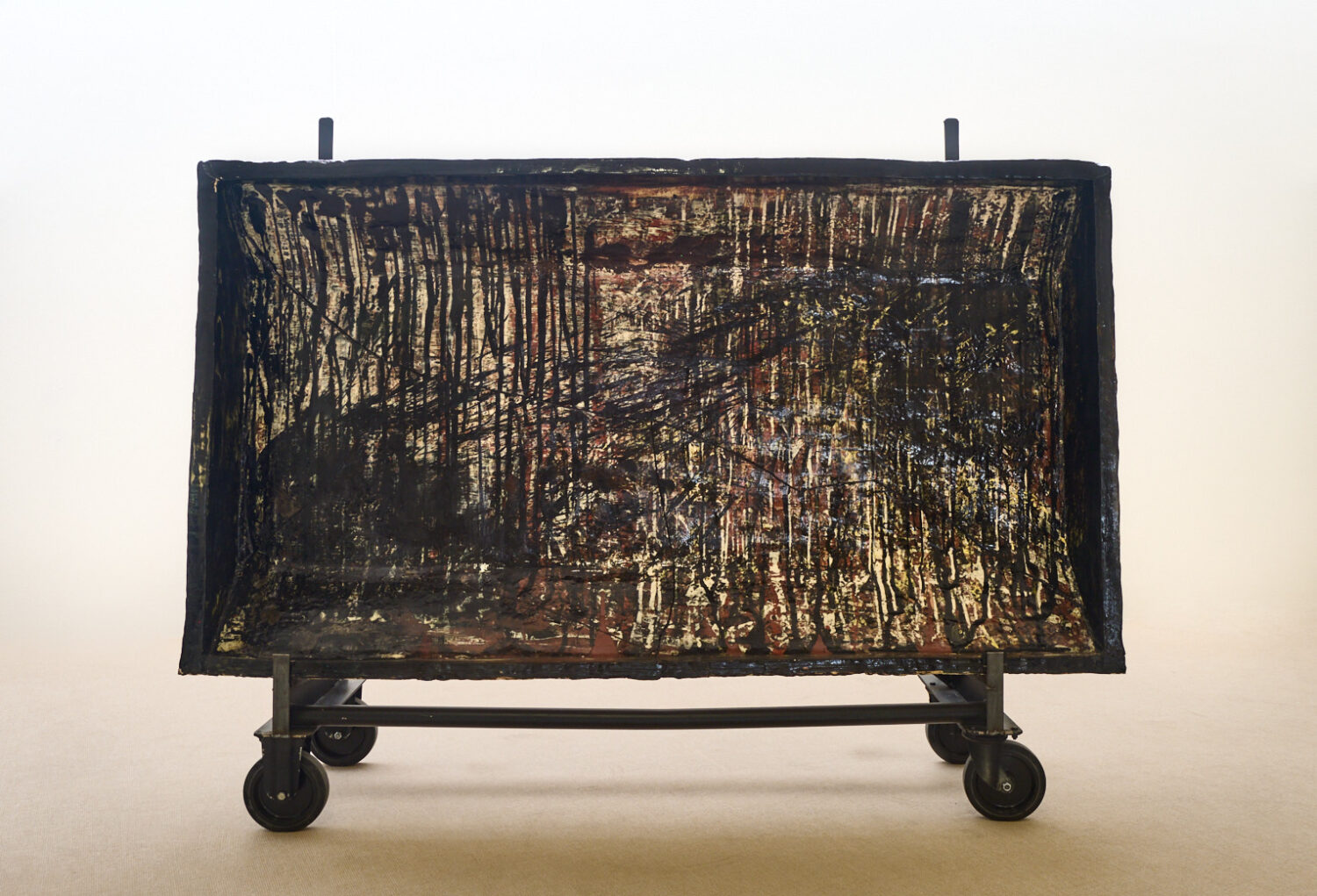
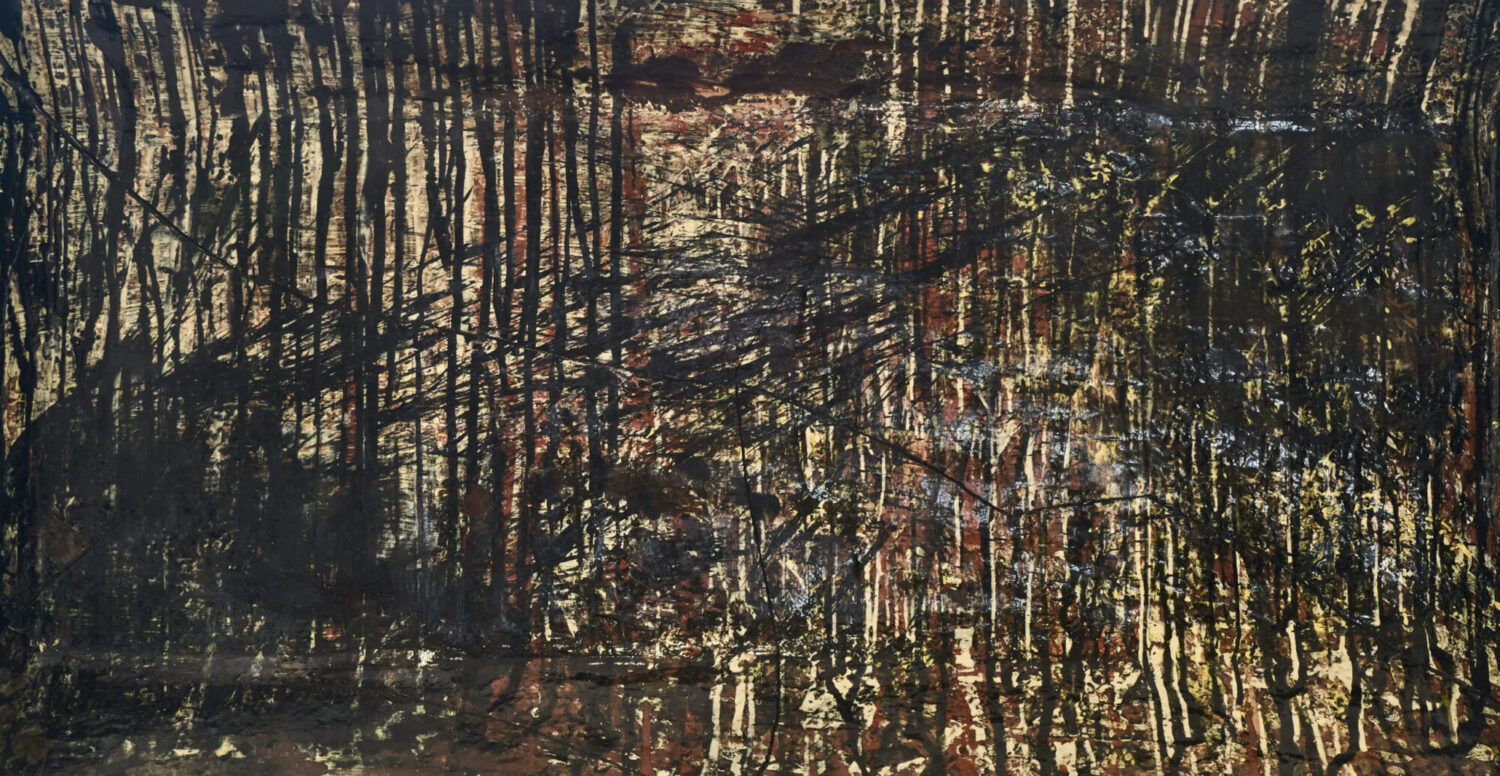
She washes the speckled, poured and painted layers of slip off the wet clay several times. In a rhythmic process, a sensuous patination gradually emerges, an interweaving of the many stories told at kitchen tables. That is part of the works conceptual identity.
The Nordic landscape is more direct. Tingleff decided early on not to use imported clay, but only the available, local clay Her observations of patterns or color moods in nature are transformed into landscape paintings. In this way she brings the outdoors indoors. On the one hand, she addresses both sublime experiences of nature and environmental catastrophes.
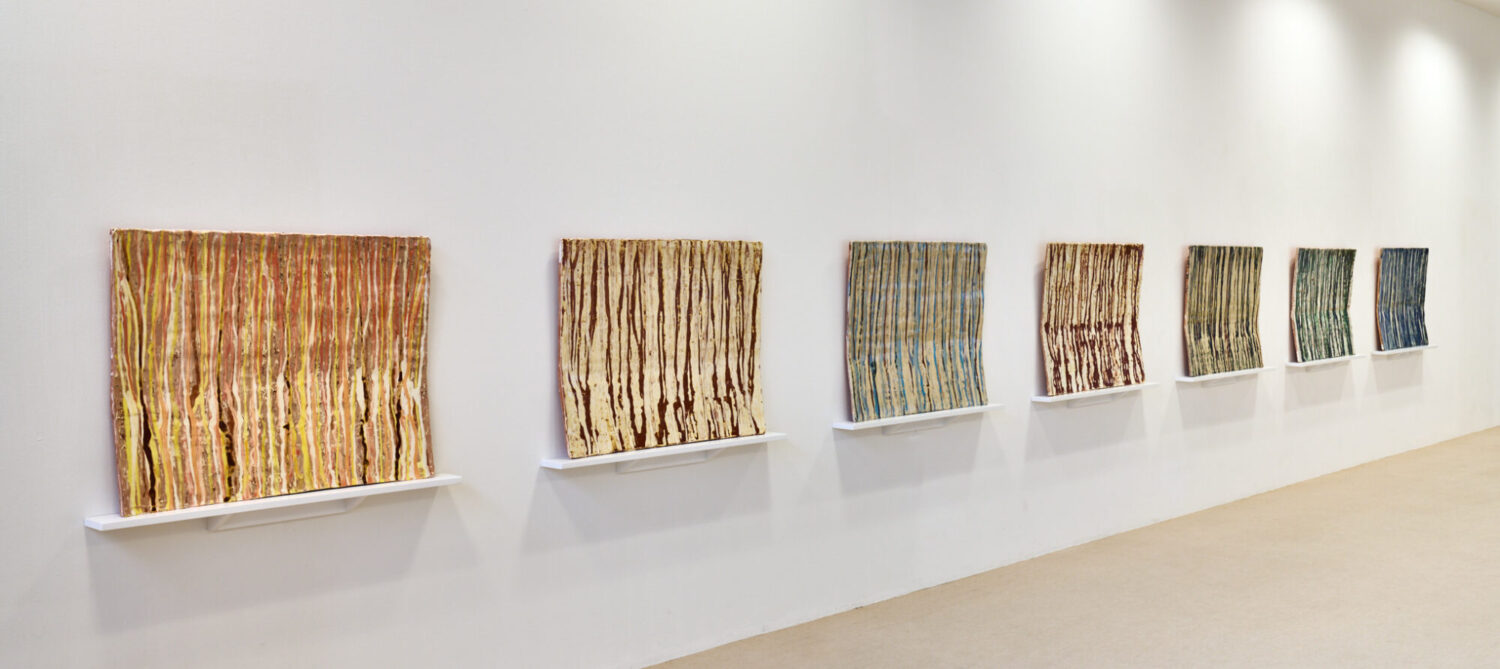

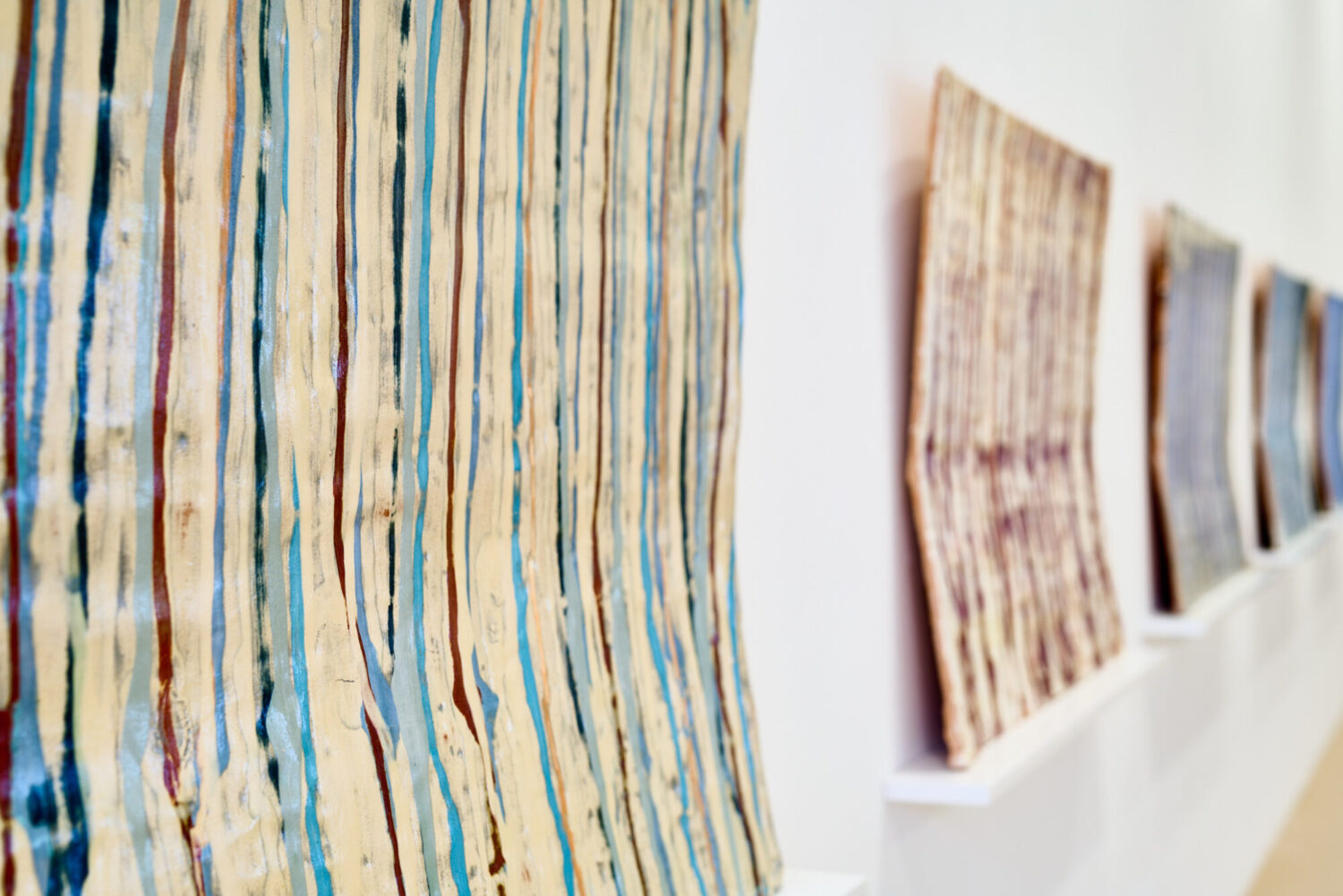
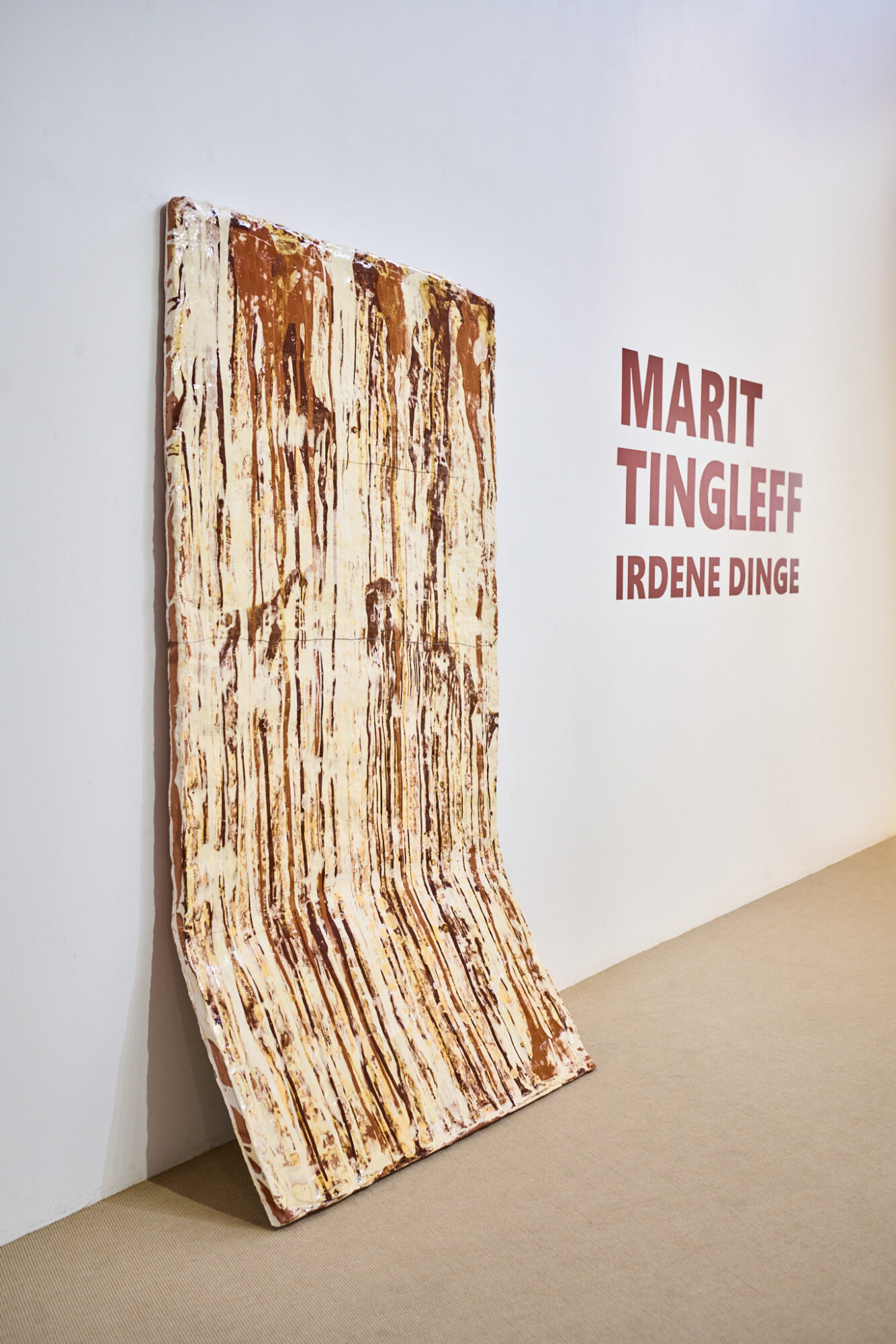
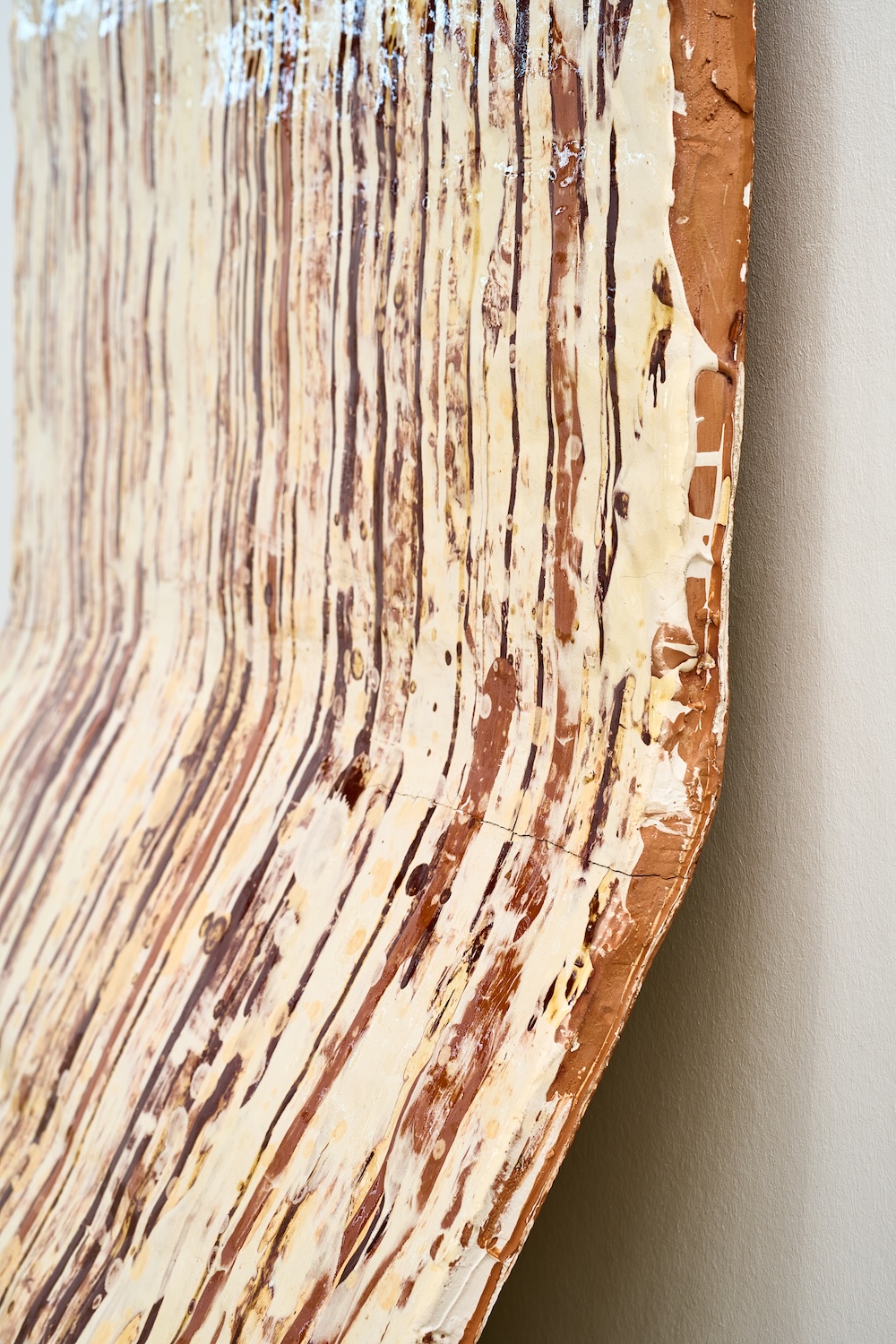
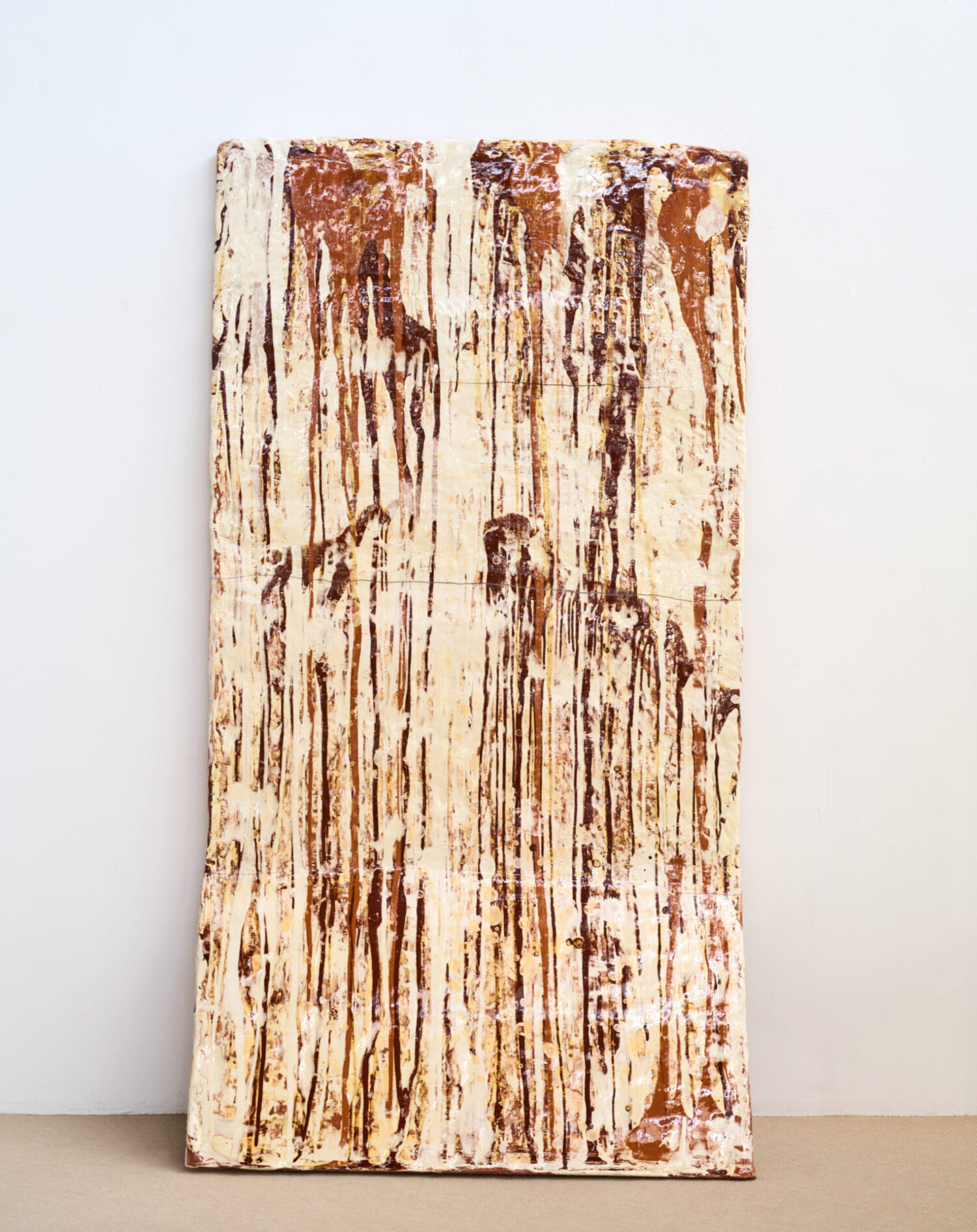
It should be noted that her largest works here, however, have been realized with clay from the Westerwald. To this end, she visited the deposits of the company Goerg & Schneider in 2016 and personally selected the material.
Another working group are her double-walled objects, reminiscent of kitchen utensils such as stoves or sieves but abstractly so, references to table culture, but is embodied in autonomous three-dimensional form.
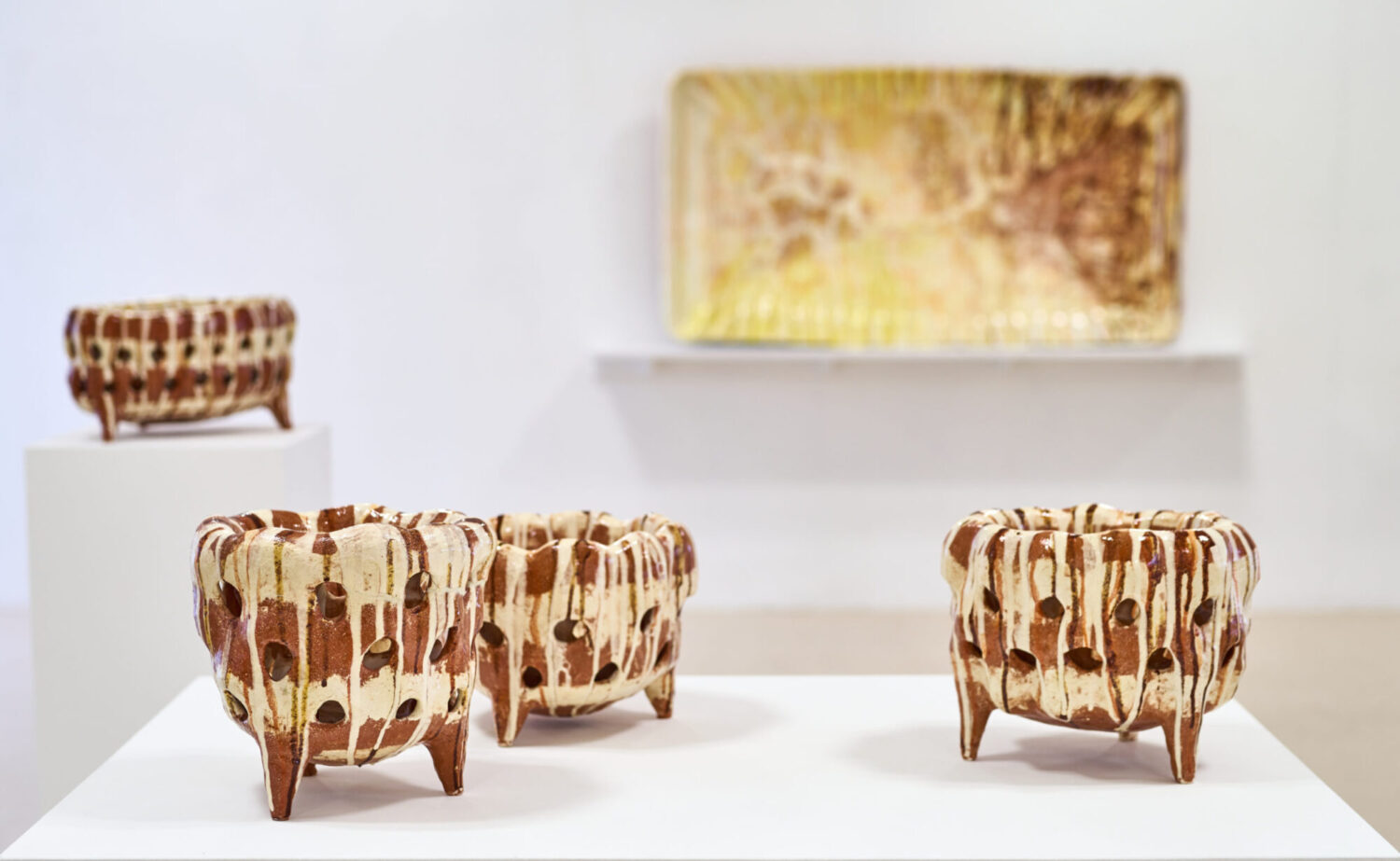

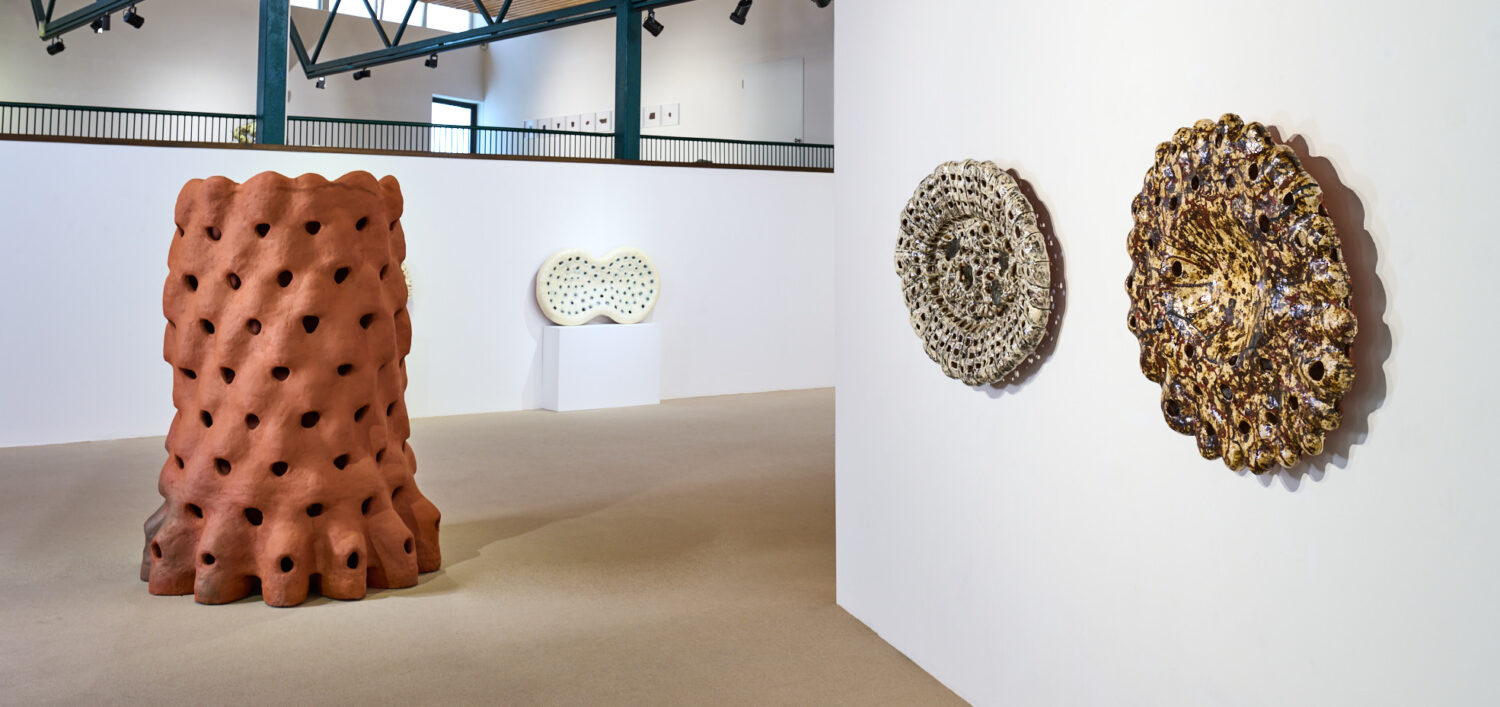
The enigmatic character of these forms prompted the Danish art critic Poul Erik Tøjner to then call them “Tingleffs”. For the first syllable of this surname actually means “thing” in the Norwegian language and is thus perhaps it is the best way to describe their strangeness.
Text, edited, and images courtesy of Keramikmuseum Westerwald.
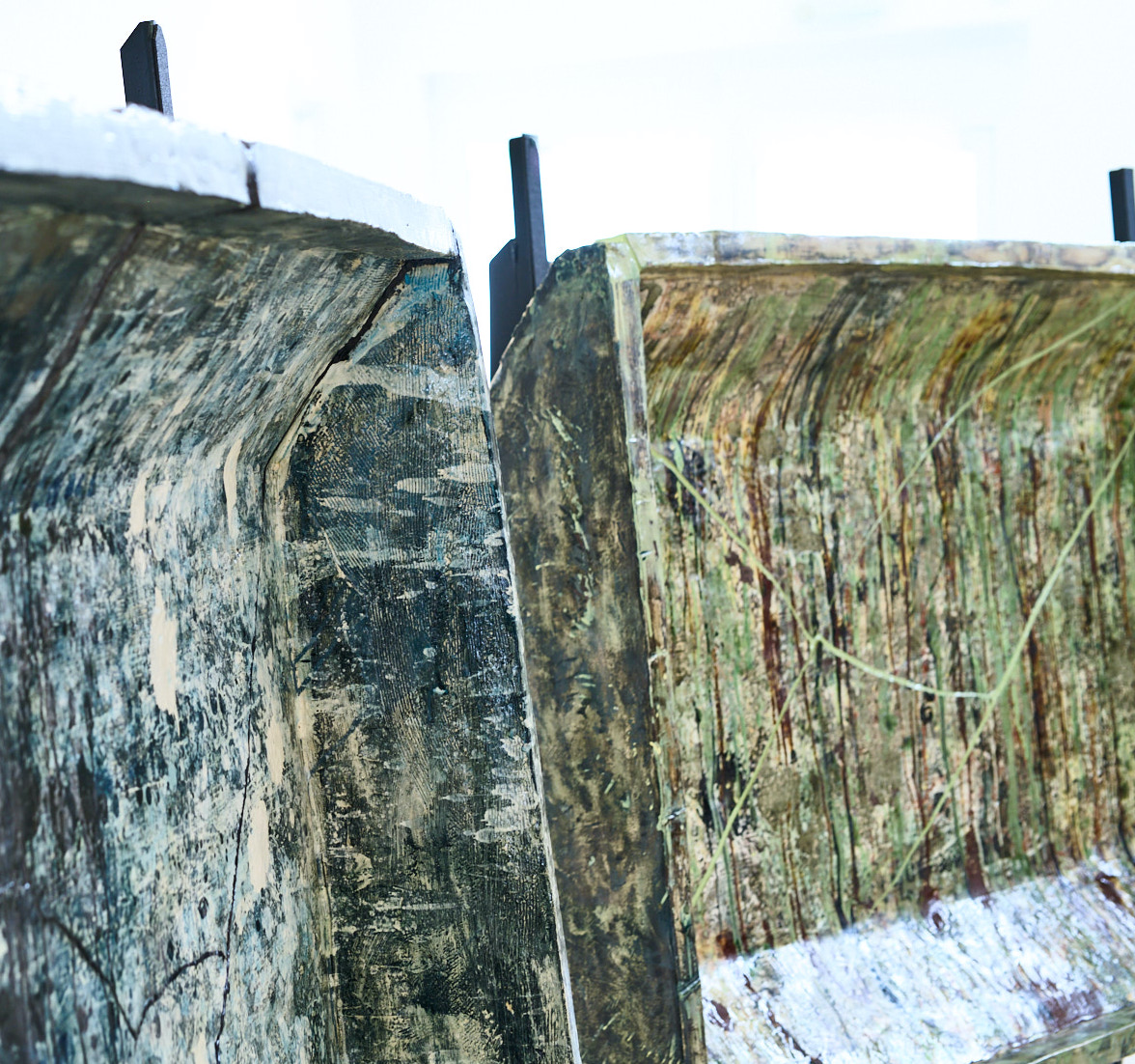
Add your valued opinion to this post.